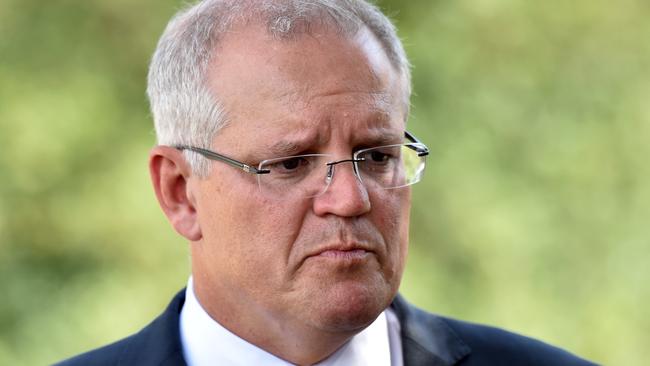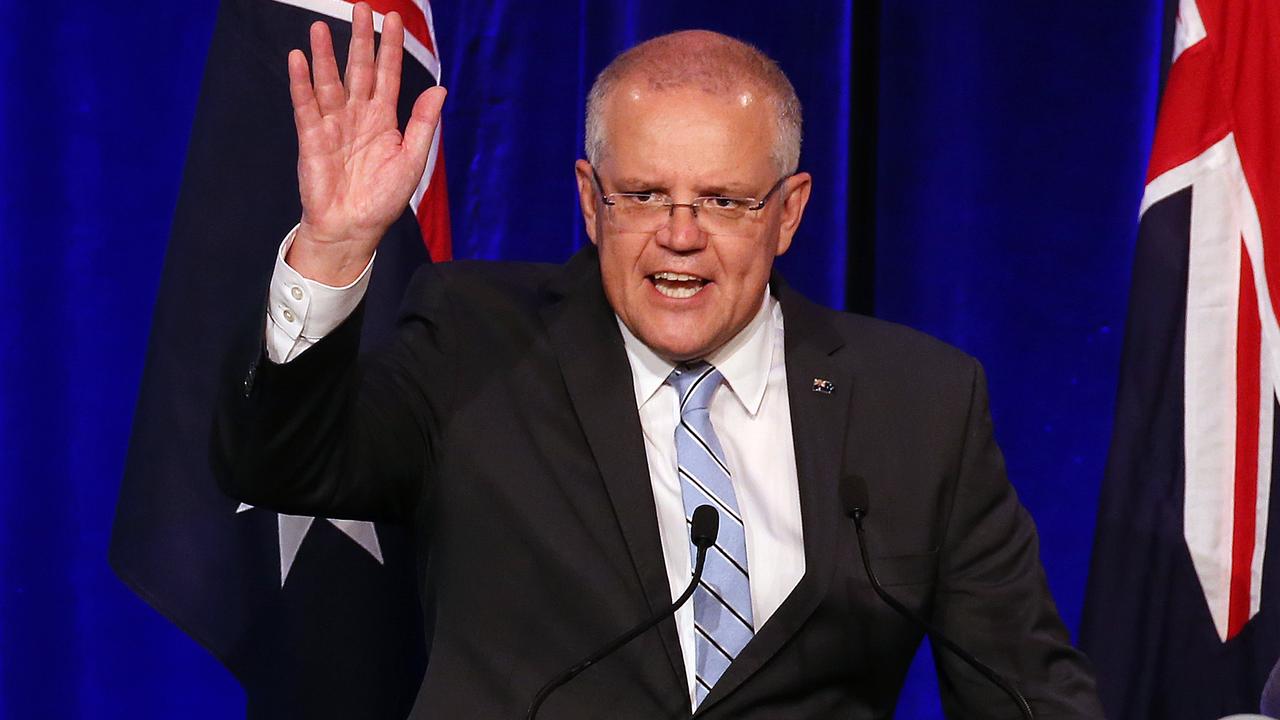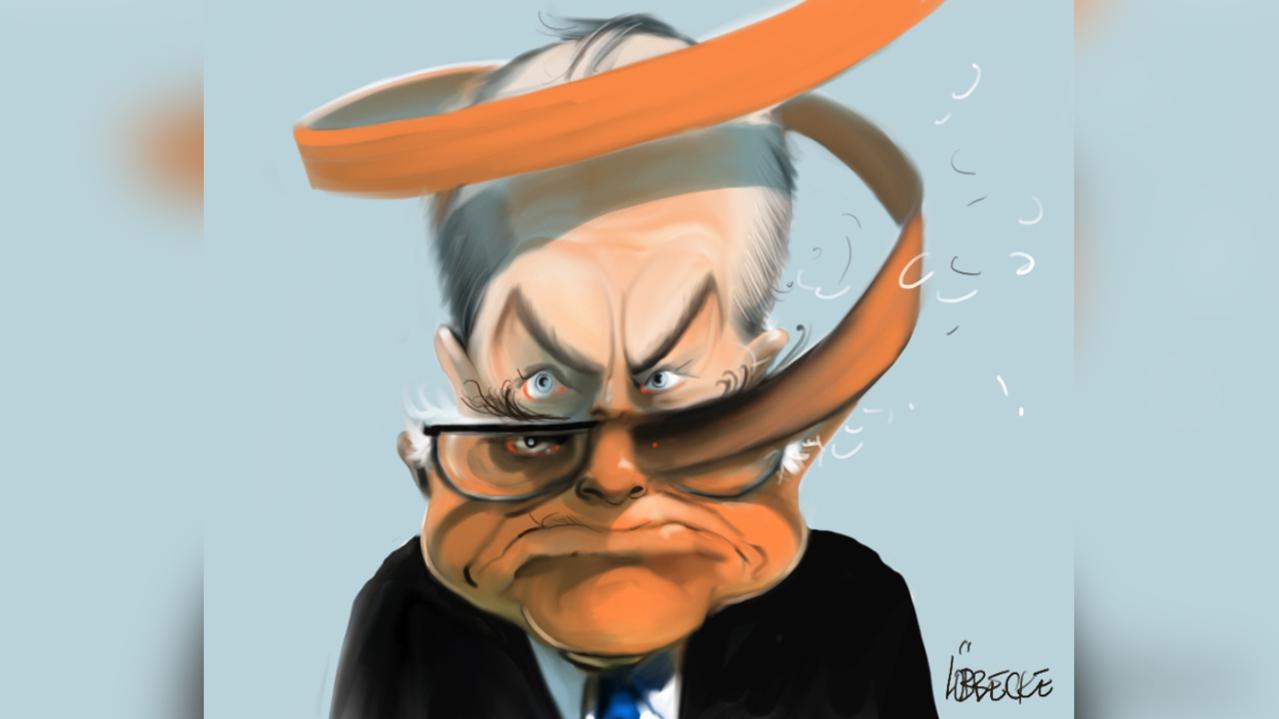For Scott Morrison’s debt strategy to work he’d need to win four elections in a row


Scott Morrison will be relieved that today’s Newspoll saw an improvement rather than a deterioration in the Coalition’s support. Had it gone the other way off the back of a brace of ministers announcing they won’t be contesting the next election, all-out panic might have set in amongst government MPs.
Of course, a starting point of 45-55 per cent on the two party vote, which improved to 47-53 per cent, is nothing to write home about. Neither is a primary vote of 37 per cent when the 42.1 per cent primary vote at the 2016 election only delivered the barest of majorities.
Were this Newspoll result to be reflected at the election the Coalition would lose a swag of seats, guaranteeing the now minority government is pushed deep into the political wilderness.
But 47-53 per cent is at least competitive ahead of the formal campaign, if Morrison can build momentum. After all, John Howard started the six week campaign he called against Mark Latham in 2004 down 46-54 per cent, going on to increase his government’s majority.
Morrison, however, is no Howard, and this government is certainly no Howard government. There is a credibility gap between such comparisons. Equally, as unpopular as Bill Shorten personally is, he is no Latham: Shorten is calm and politically professional, unlikely to combust when under pressure the way Latham did.
While the Coalition’s primary vote and two-party support have both improved, Morrison’s personal numbers ticked ever so slightly backwards. He still leads Shorten as preferred PM, but Morrison’s net satisfaction rating has dipped to minus seven.
The reality is that since dumping Malcolm Turnbull as leader, the government continues to languish well behind in the polls where it once was. Turnbull’s last four Newspolls had the Coalition trailing Labor by just 49-51 per cent.
The deficit in the polls makes Morrison’s announcement today on his plans to wipe out net debt more than a little laughable. The plan involves a ten-year economic strategy to cleanse the books of net debt. Apart from the economic settings that would need to hold firm for such a pronouncement to be anything other than hollow, there is also the political realities to consider.
For Morrison’s ten-year debt wipe out strategy to come to fruition he’d need to win four elections in a row, become Australia’s second longest serving PM, and turn this government into a 16-year and counting administration, rivalling the dominance of the Menzies et al years from 1949-1972.
As Darryl Kerrigan in The Castle liked to say, tell him he’s dreaming.
Peter van Onselen is a professor of politics at the University of Western Australia and Griffith University


